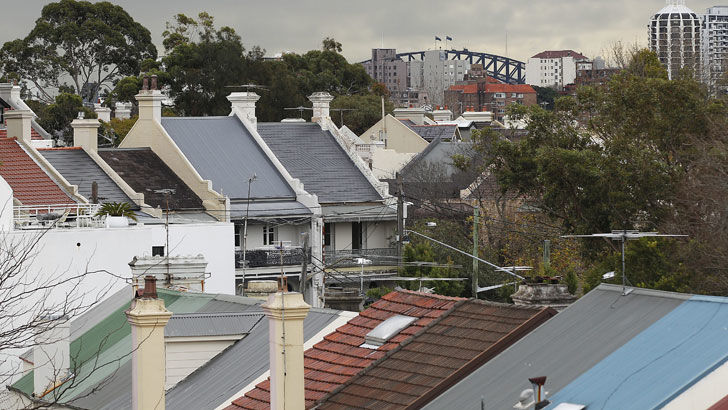What Labor's negative gearing policy means now
By Dr Andrew Wilson
Recent leadership instability in the national government has shortened the odds of a Labor Party victory at the next federal election.
Labor has proposed significant changes to property taxes if it wins government, the implications of which if implemented may cause further disruption to housing markets and an economy already charting unknown waters.
The key elements to Labor's property tax amendments are abolishing the blanket negative gearing tax offset allowance for residential property investors and a reduction in their capital gains tax discount.
Current negative gearing arrangements allow residential investors to claim a loss from a property's rental income due to loan interest repayments and other outgoings as a tax deduction against other income such as salaries.
Investors can also currently claim a 50% discount on the tax payable on any capital gains accrued from the sale of a property held for more than one year.
Labor proposes abolishing negative gearing allowances for all but new homes and reducing the capital gains discount from 50% to 25%.
Labor's justification for these changes are to improve the government's balance sheet by reducing the current $10 billion in tax deductions provided to property investors, to increase the supply of housing through tax allowances targeted only to new buildings and improve housing affordability particularly for prospective first home buyers by reducing competition in the established housing market from investors.
Much however has changed since Labor announced its property tax policy in 2016 - particularly in regard to housing markets performance and the economy.
House prices in the previous boom markets of Sydney and Melbourne continue to fall and are now tracking lower than a year ago with buyer and seller sentiment remaining fragile in most capital city markets.
Residential investor numbers have crumbled over the past year in the face of higher interest rates and tighter lending conditions directed specifically to this group through the financial regulator to offset risks from perceived overborrowing.

Tens of thousands of first home buyers have surged back into housing markets over the past year, particularly in NSW and Victoria courtesy of recent changes to the stamp duty paid by this group in those states, with first home buyer activity now near, at or above long-term average levels, in all states with the exception of NSW.
Capital city markets are now awash with unsold new apartments with the peak of the recent new supply boom providing a highly competitive and challenging environment for developers.
Given recent dramatic changes in housing markets and ongoing uncertainty and fragility in the national economy, proposed changes to key property taxes need to be carefully managed.
The potential for increased downward pressure on house prices as a consequence of tax changes in an already fragile market environment will be of significant concern to homeowners particularly with household balance sheets already under pressure from higher debt levels, continued near-record low wages growth and rising inflation.
Labor however has not committed to a specific introduction date for its proposed new tax policies and may prudently, if elected, take a wait and see approach until the uncertainties surrounding the current housing market environment and national economy dissipates.
Beware the law of unknown consequences.
Get stories like this in our newsletters.


